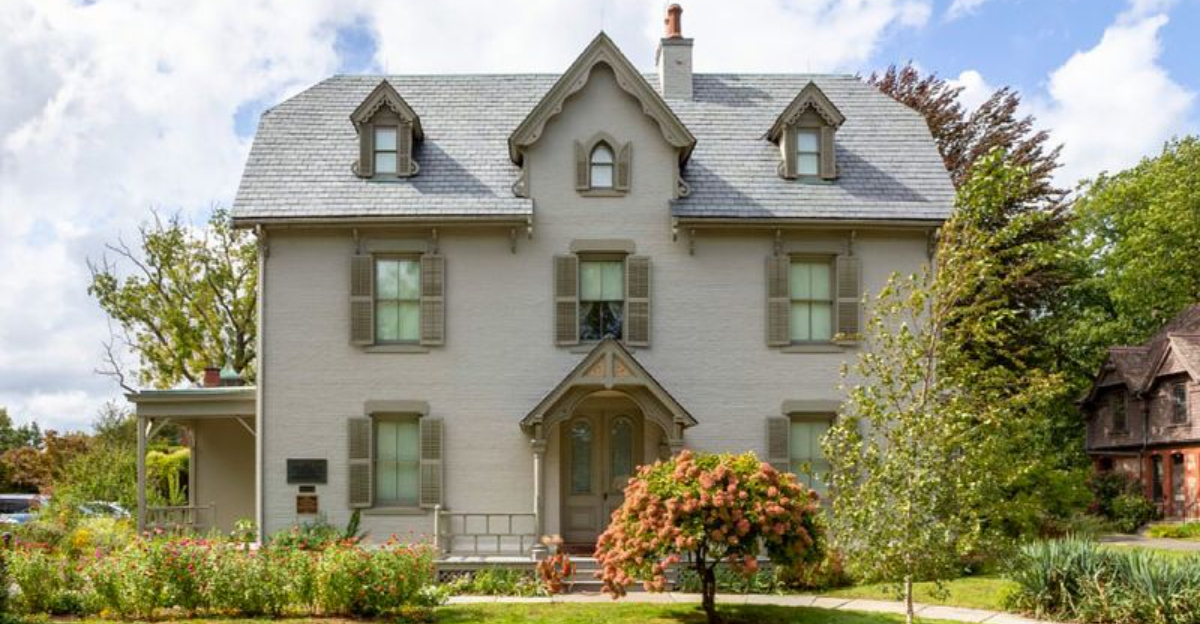Explore the stories of fifteen iconic historic homes in the United States that are at risk of being lost. Each home represents a piece of America’s rich architectural and cultural heritage.
These homes, facing threats such as neglect, lack of funding, or potential demolition, urgently need our attention and support to ensure their preservation for future generations.
1. The David Davis Mansion
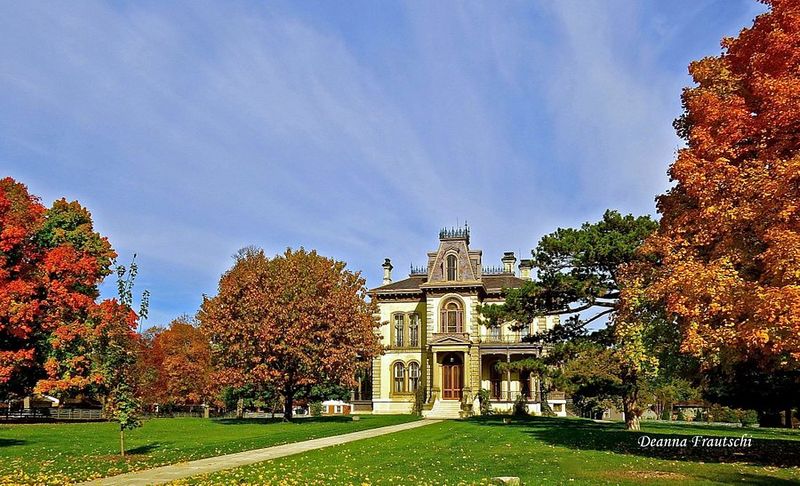
The David Davis Mansion, a majestic example of Victorian-era architecture, stands in Bloomington, Illinois. Once home to Supreme Court Justice David Davis, its intricate woodwork and expansive gardens reflect 19th-century elegance.
Threatened by neglect and insufficient funding, this mansion’s beauty might fade away. Supporting local historical societies and spreading awareness can help preserve its grandeur for future generations.
2. The Harriet Beecher Stowe House
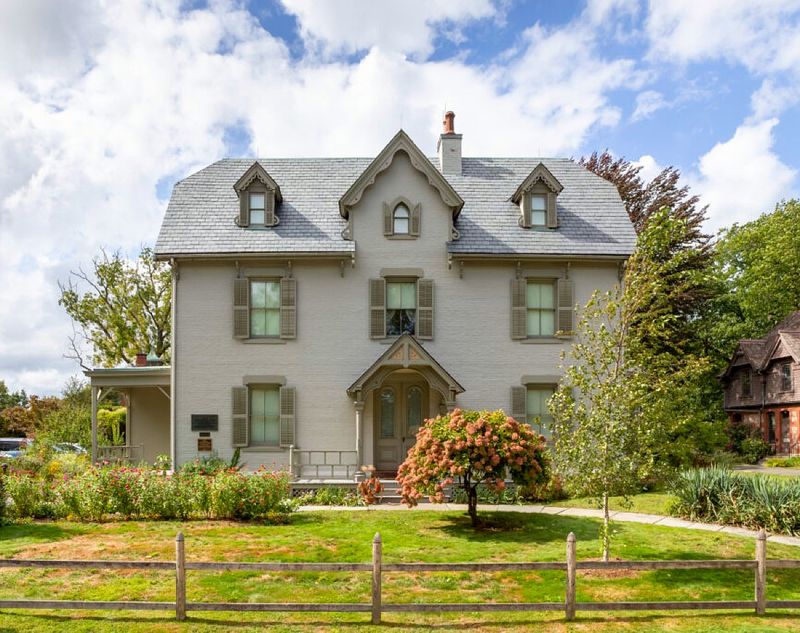
The Harriet Beecher Stowe House in Hartford, Connecticut, where “Uncle Tom’s Cabin” was penned, showcases a 19th-century cottage style. Its charm lies in rustic simplicity.
Facing threats from modernization and urban encroachment, this literary landmark needs preservation efforts. Contributions to literary preservation funds and community engagement can safeguard its legacy.
3. The Alexander Hamilton House
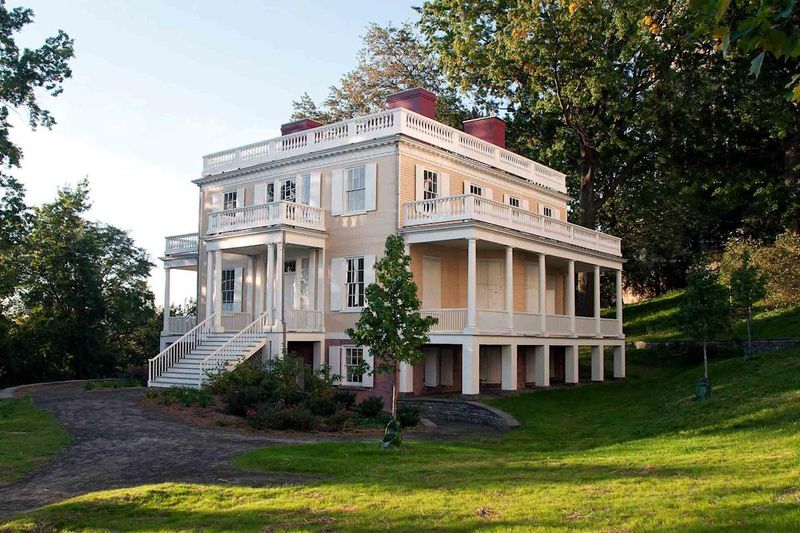
In New York, the Alexander Hamilton House stands as a colonial-style stone residence, echoing the era of America’s founding. This historical treasure faces threats from urban development.
With its preservation in jeopardy, raising funds and advocating for its protection become vital. Engaging with historical societies and promoting awareness are crucial steps.
4. The Phillips House
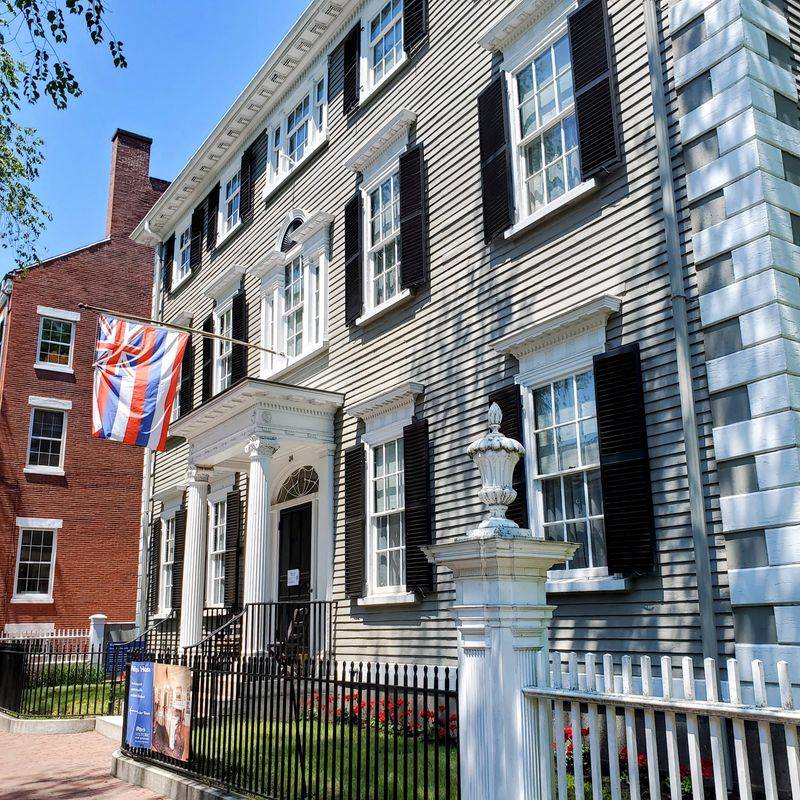
The Phillips House in Salem, Massachusetts, is a stunning Federal-style brick mansion. Known for its wide staircase and classic columns, it suffers from age and insufficient preservation funds.
Support through donations and participation in local heritage initiatives can ensure this architectural gem remains intact for future admiration.
5. The Woodlands Mansion
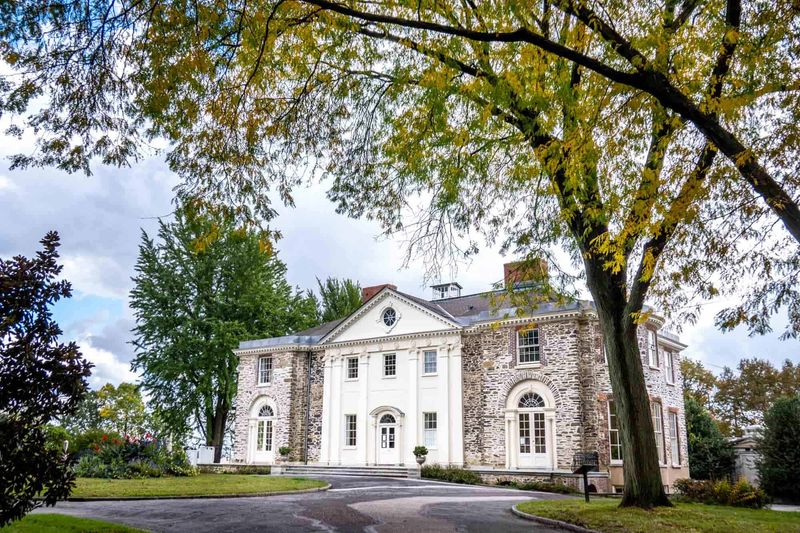
The Woodlands Mansion, a Palladian-style estate in Philadelphia, attracts attention with its serene riverside location and architectural elegance.
Existing since the late 18th century, it now suffers from environmental wear and urban pressures. Active involvement in preservation campaigns and financial support can help secure its future.
6. The Gamble House

A masterpiece of the Arts and Crafts movement, the Gamble House in Pasadena, California, displays intricate wooden craftsmanship. This architectural icon is threatened by environmental decay and funding shortages.
Supporting restoration projects and visiting cultural events held at the site can promote its conservation and appreciation.
7. The Ten Broeck Mansion
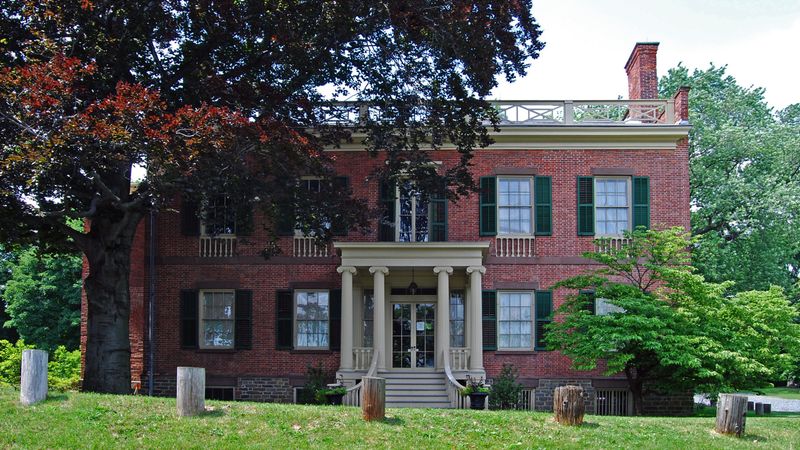
The Ten Broeck Mansion in Albany, New York, reflects early American Federal architecture. Its grand entrance and sprawling lawns are at risk due to structural wear and limited preservation funds.
Participating in fundraising events and advocating for its historical value can help maintain its splendor.
8. The Brucemore Estate
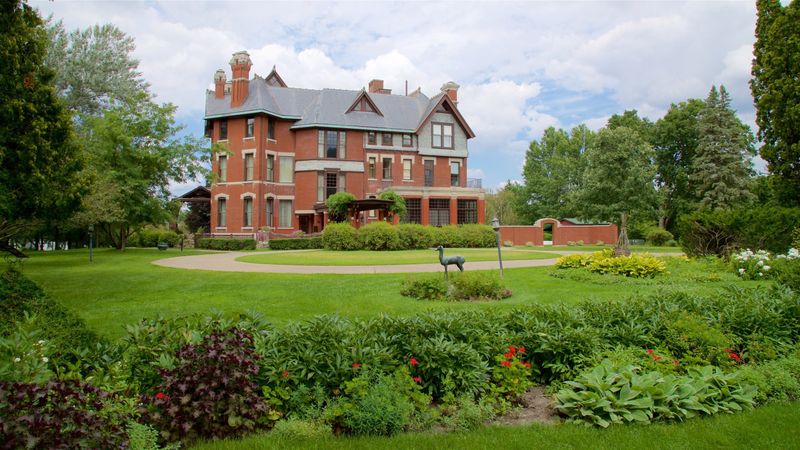
Nestled in Cedar Rapids, Iowa, the Brucemore Estate exemplifies Queen Anne-style architecture. Its ornate detailing and lush gardens face threats from neglect and lack of public awareness.
By visiting, donating, and supporting local historical societies, individuals can contribute to preserving its charm and historical significance.
9. The Hermitage
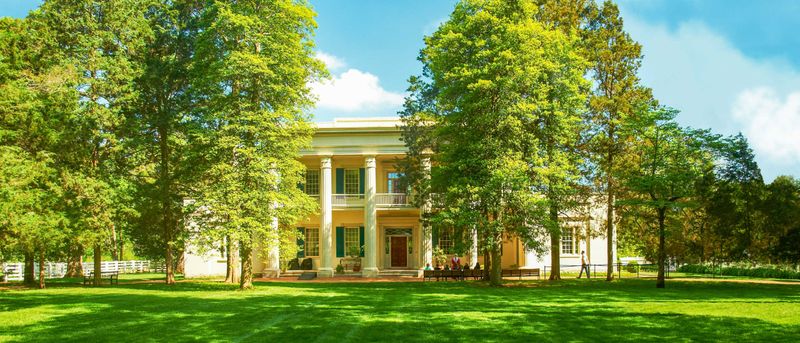
The Hermitage in Nashville, Tennessee, known for its Greek Revival style and connection to President Andrew Jackson, faces challenges from natural deterioration and funding gaps.
Its majestic columns and historic trees require protection through active support and awareness campaigns to ensure its stories endure.
10. The Molly Brown House
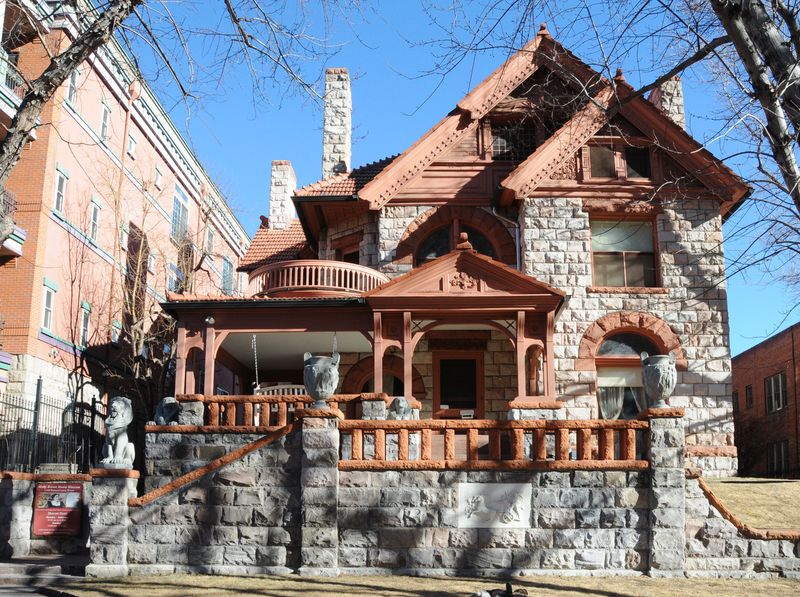
The Molly Brown House in Denver, Colorado, once home to the “Unsinkable” Molly Brown, symbolizes Victorian architectural elegance.
Threatened by urban development and inadequate funds, its preservation is critical. Engaging with preservation societies and participating in educational tours can enhance public interest and support.
11. The Nathaniel Russell House
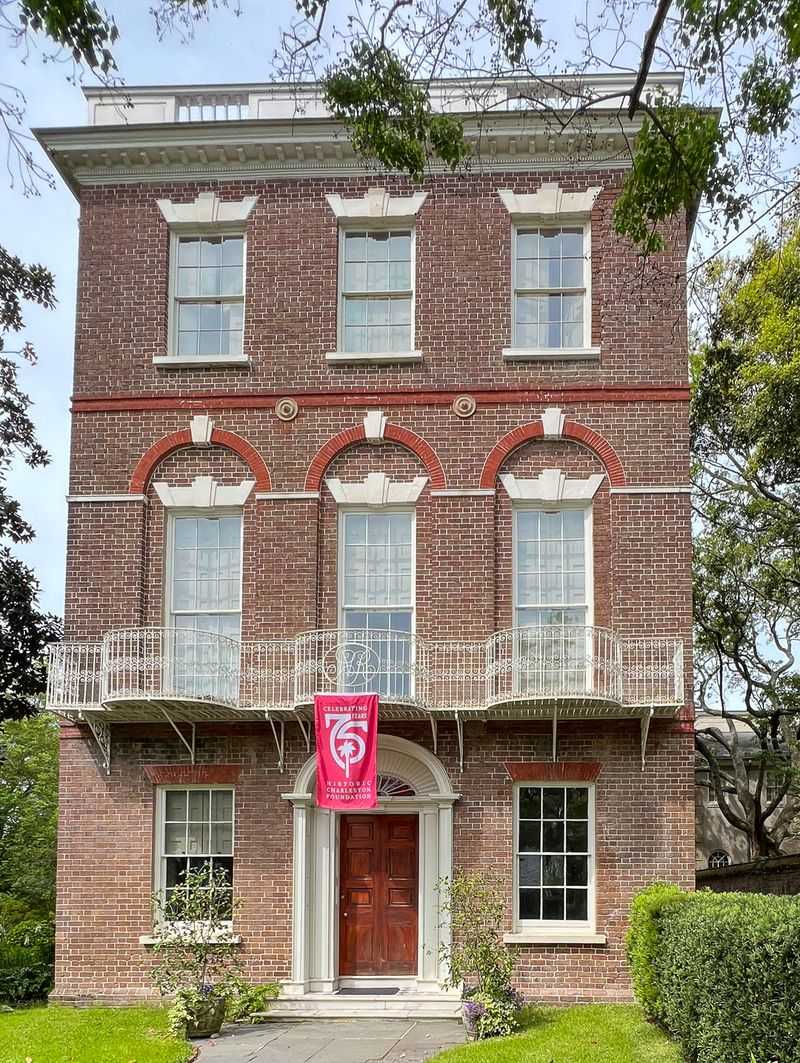
In Charleston, South Carolina, the Nathaniel Russell House stands as a testament to Federal-style architecture, renowned for its elaborate spiral staircase. It suffers from environmental factors and insufficient conservation resources.
Supporting heritage preservation initiatives and spreading its cultural significance can help protect this historic treasure.
12. The Drayton Hall

Drayton Hall, near Charleston, South Carolina, is a pristine example of Georgian-Palladian architecture. Its symmetrical design and historic oak trees face threats from flooding and lack of restoration funds.
Engaging in preservation efforts and raising awareness about its historical significance can help secure its future.
13. The Lyndhurst Mansion
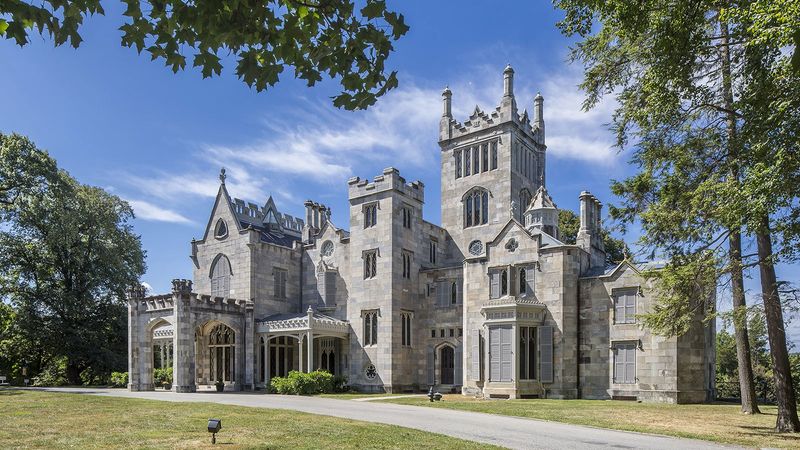
The Lyndhurst Mansion in Tarrytown, New York, is a Gothic Revival masterpiece. Its turrets and stonework are threatened by environmental wear and funding limitations.
Participation in restoration projects and support through donations can help maintain its majestic presence and cultural importance.
14. The Longfellow House
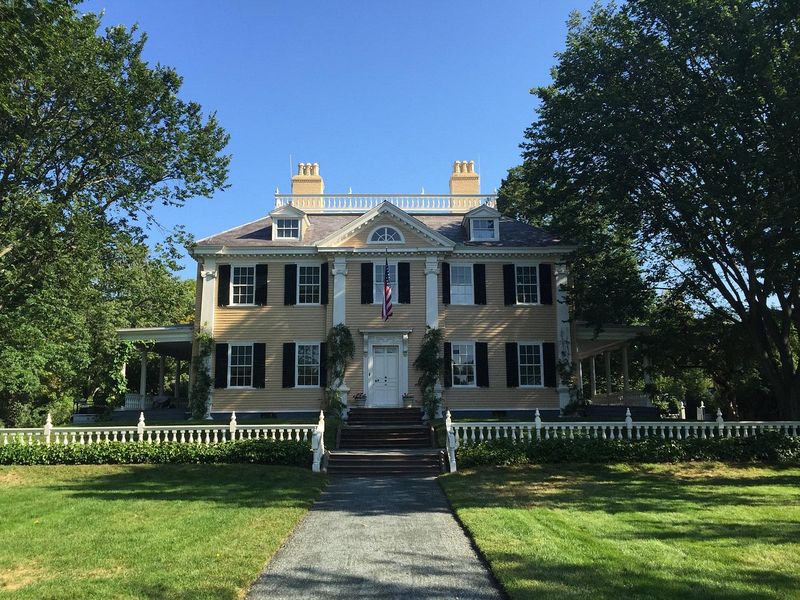
The Longfellow House in Cambridge, Massachusetts, once home to poet Henry Wadsworth Longfellow, exemplifies colonial architecture.
By supporting literary preservation efforts and visiting this cultural site, individuals can contribute to its enduring legacy.
15. The Shadows-On-The-Teche

The Shadows-On-The-Teche in New Iberia, Louisiana, represents Creole-style architecture, shaded by majestic live oaks. Climate change and funding shortages threaten its cultural significance.

